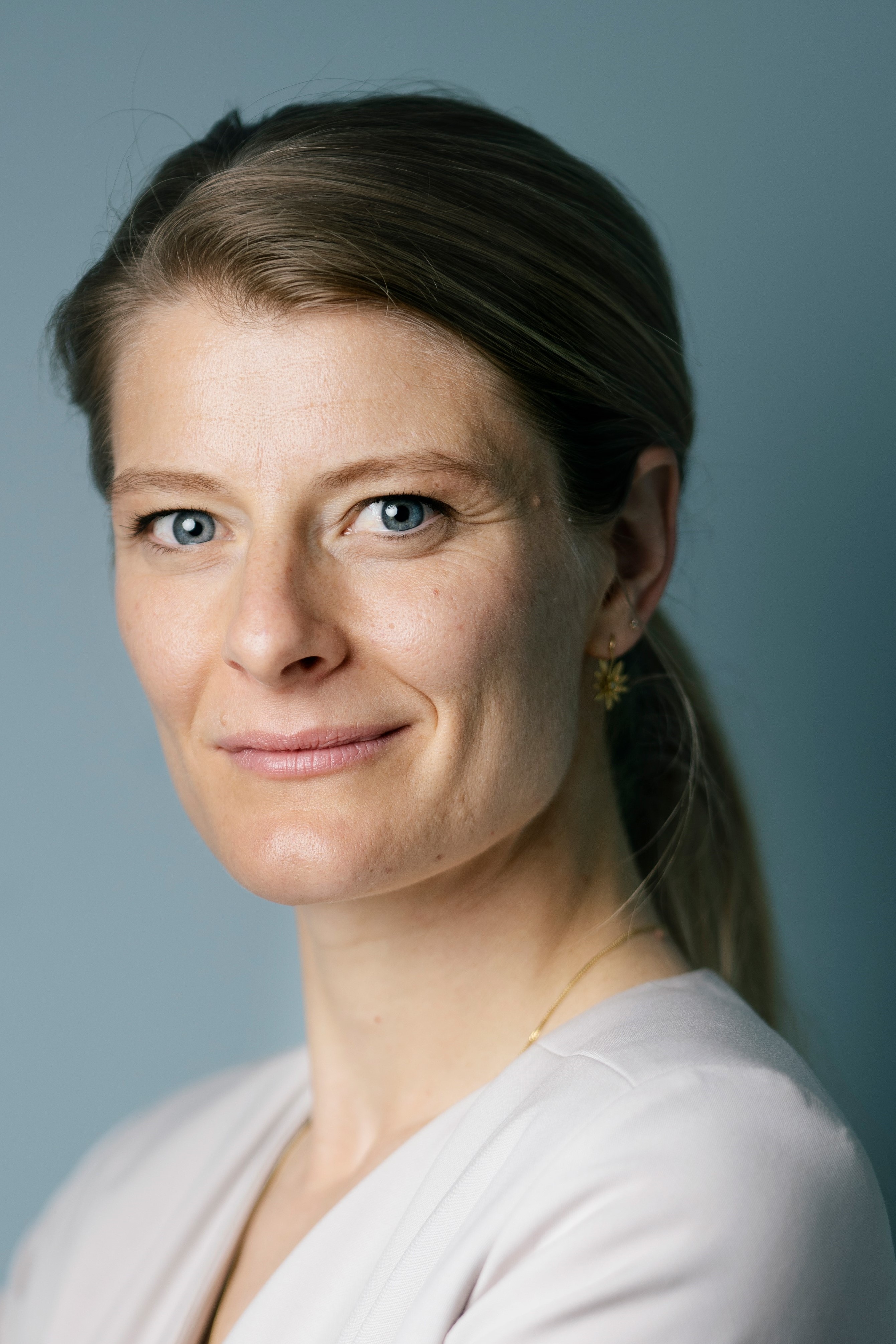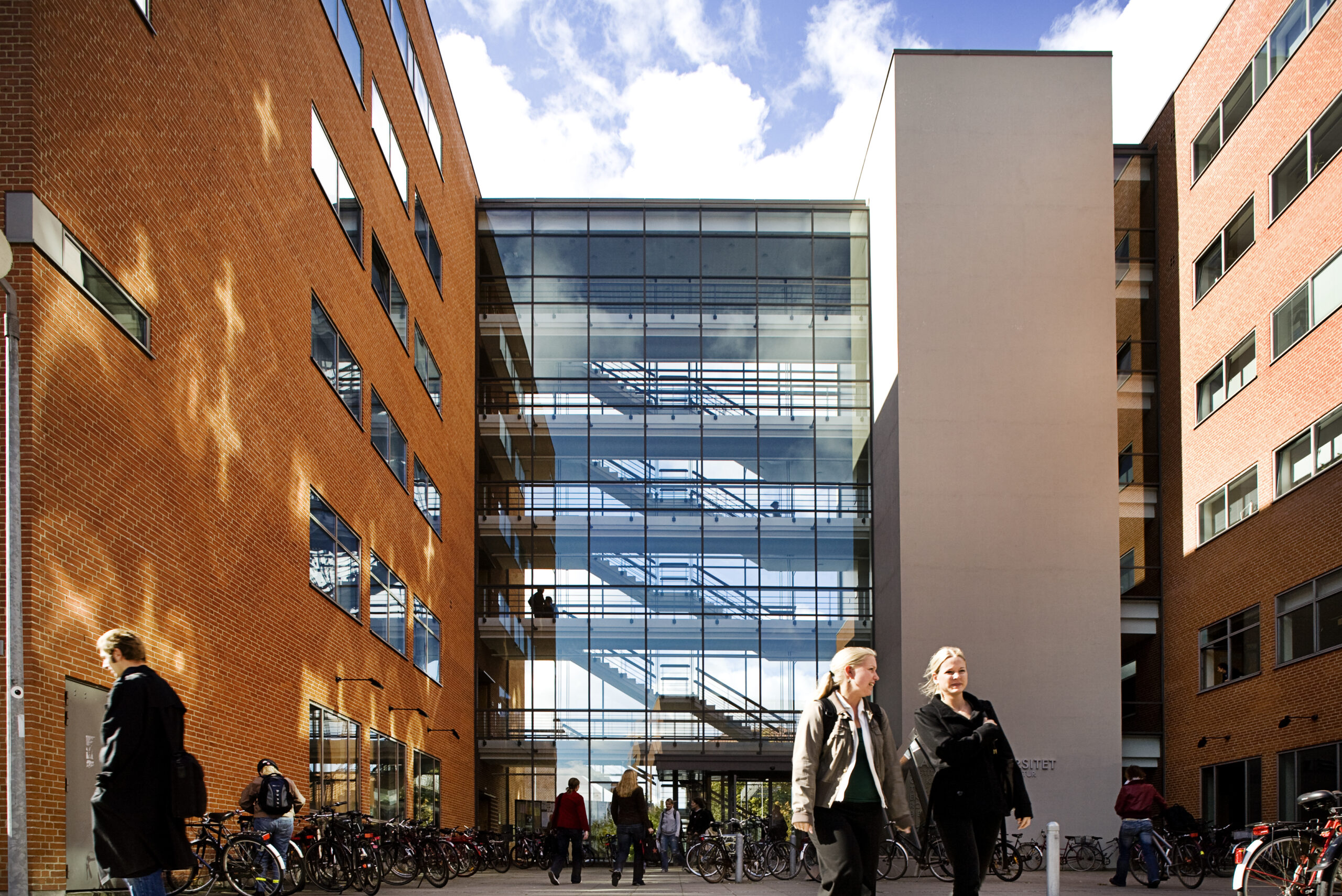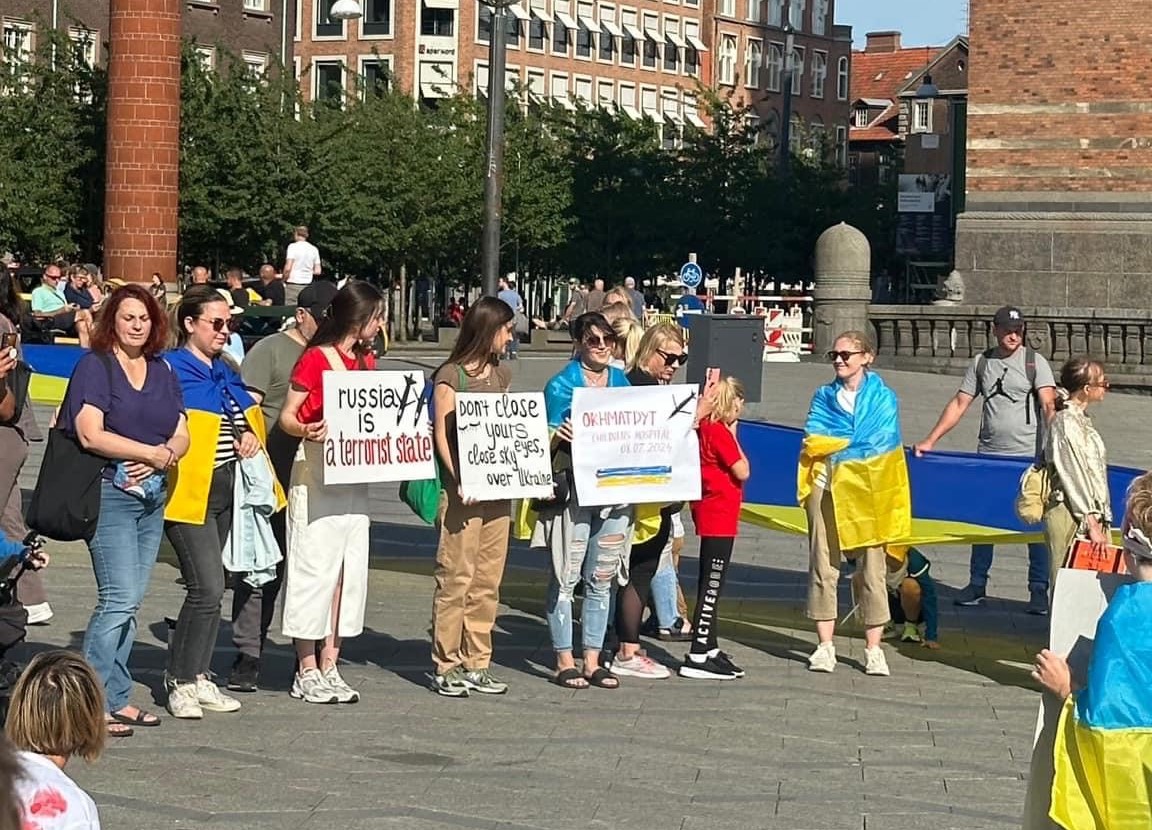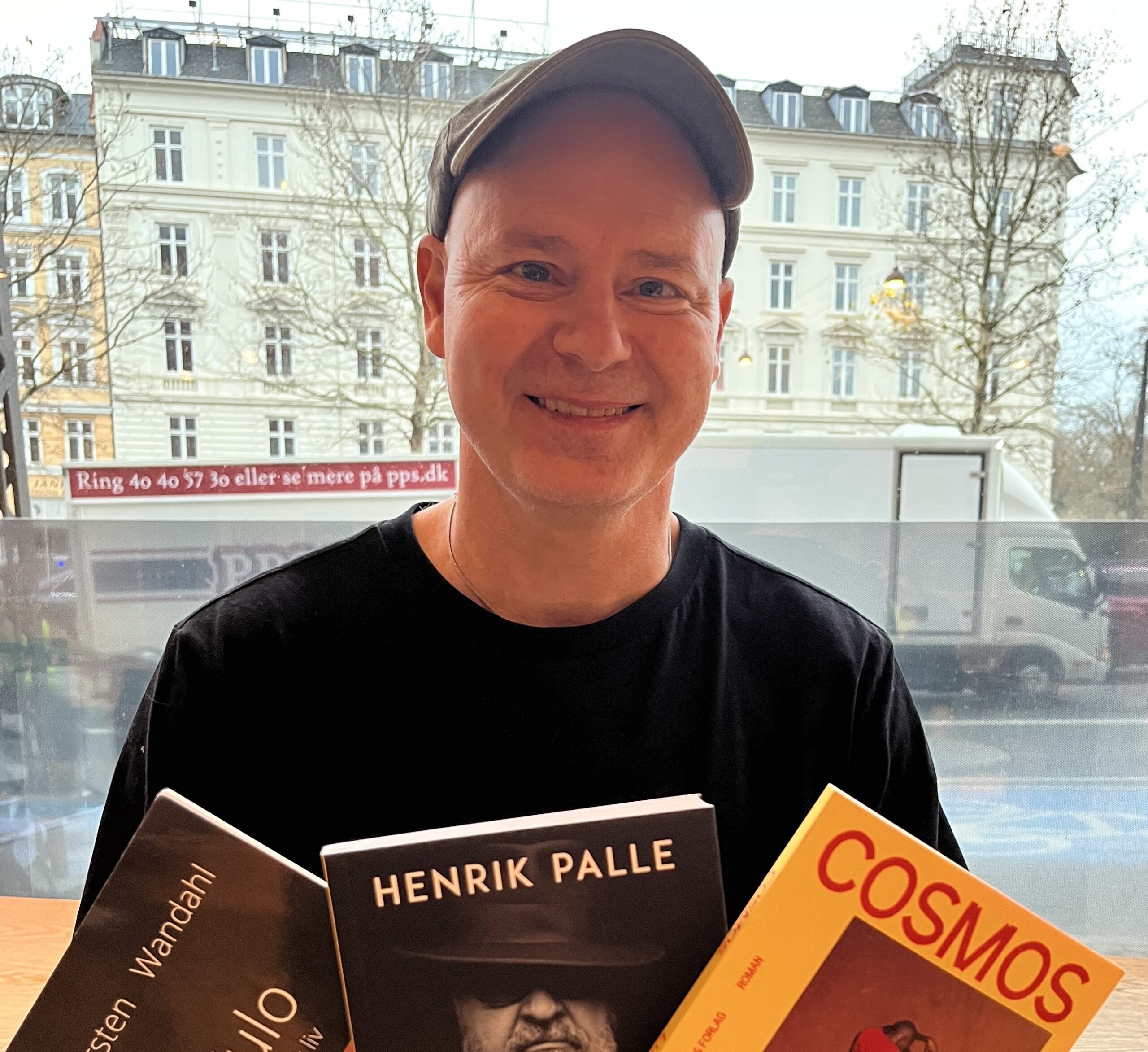Dir: Ulrich Seidl; Austria/France documentary, 2014, 85 mins; subtitles in Danish (original title: Im Keller; Danish title: I kælderen)
Premiered april 8
Playing at Empire Bio, Grand Teatret, Vester Vov Vov
We are confronted by the surreal sight of Fritz Lang (no relation) standing alone in what appears to be a vast underground bunker. As he shows off his vocal skills as a ‘could-have-been’ opera singer, we come to notice that behind him are the hanging paper targets of a firing range. We then follow a woman into the lower levels of her residence as she uncovers a shoe box. From it she produces a newborn baby and begins to comfort it. It is of course, we hurry to reassure ourselves, a doll – despite the realistic face, hair and hands.
This pre-credit sequence concludes with a man on his knees, apparently praying, while besides him a bright yellow boa constrictor languishes in a glass box, edging ever closer to its lunch – a visibly distraught rodent. As anyone familiar with this filmmaker’s work will recognise, we have arrived deep in Ulrich Seidl’s Austria.
Freedom within the frame
It’s a potent opening for a film which doesn’t let up – in fact, it only gets darker and stranger. Seidl made his name as a documentarist, but this is his return to the medium after a long hiatus in fiction filmmaking. His ‘Paradise’ triptych from 2013 was a triumphant blend of the two disciplines, using professional actors interacting with non-actors working within a predefined structure from a very loose script.
The result is that in all his films, there’s a consistency in tone and style, regardless of whether it be fiction or documentary. Often he’ll compose a striking symmetrical frame and hold it, allowing his actors, or like in this case his subjects, a certain freedom within it.
His eyes, not his thoughts
‘The basement’ creates a further frame within which to explore the human motivations for occupying these private, intimate spaces that exist outside of reality and, in some cases, time itself. These spaces are employed in a myriad of different uses: often to keep things, to store things, to trap things – though more often to hide something. That something may be a social gathering, a point of view or a sexual practice deemed unacceptable in polite society.
Seidl’s degree of non-interference – or at least, arranging the right elements and observing their behaviour from some remove – is another constant in his work. As with fiction filmmaking, we never see the director or hear his voice, but it is unmistakably Seidl’s eyes we borrow. His films, this being no exception, often play like nature documentaries for space aliens.
Chilling, comical, captivating
His subjects all share a fallibility; they’re often depicted as reaching, straining for some higher state of being. Seidl’s eye is not unsympathetic, nor does he pass judgement. Whether we’re watching a Nazi enthusiast play trombone or a post-toilet dominatrix being orally cleaned by her man-slave, any judgement of these people you may arrive at feels wholly your own – Seidl’s purpose is to present his choice of subject, sometimes emphasising an inherent humour, but seldom does he manipulate your response to any of it.
In The Basement is a memorable, chilling and often funny little film. While the human animal on display here is still afforded some dignity and Seidl occasionally captures real insight into their behavior, it would nevertheless be easy to forgive the proverbial space alien for concluding that white, northern Europeans are a profoundly strange breed indeed.












